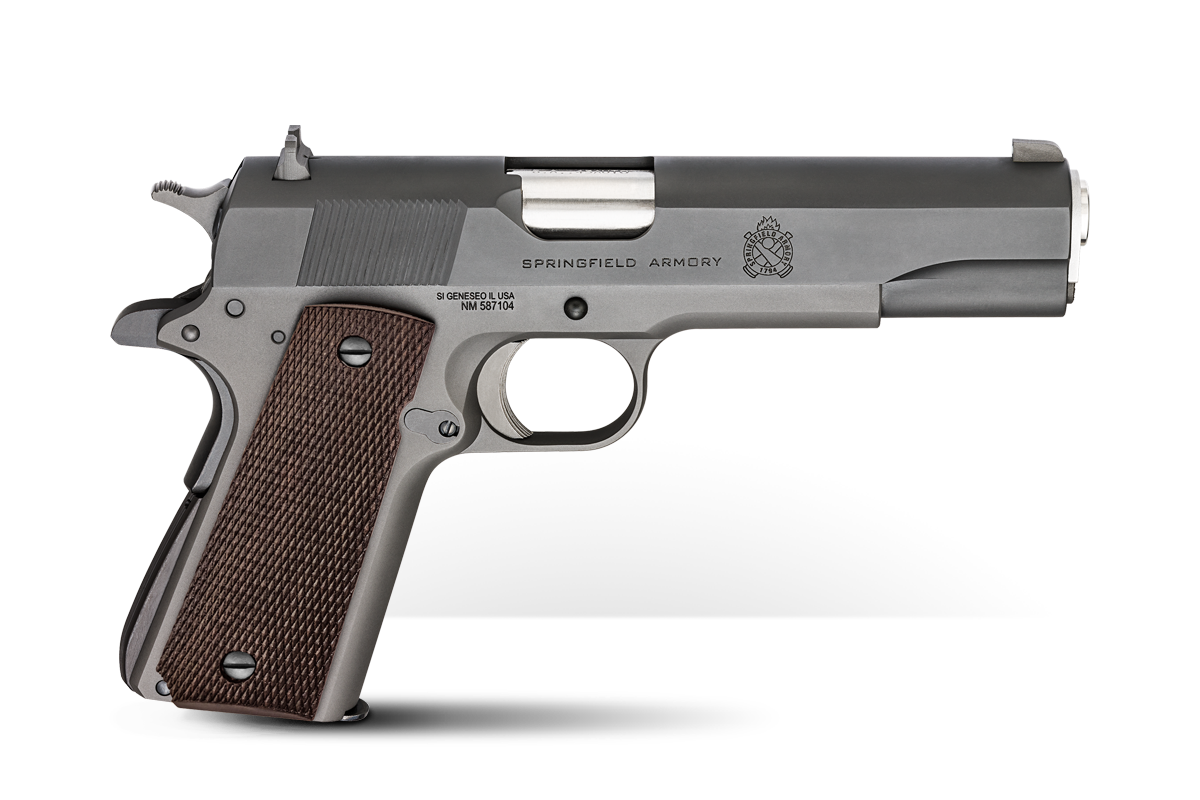WWI Trench Raiders
January 21st, 2020
8 minute read
World War I introduced a wide range of advanced weapons and killing technology for the violence of the 20th century. But in spite of the advent of automatic weapons, armored vehicles, poison gas, combat aircraft, and submarines and battleships, the combatants still frequently resorted to the old ways of fighting — hand-to-hand and man-to-man.
During the blood-soaked years of trench fighting on the Western Front of World War I, the “trench raid” became synonymous with the most brutal clashes of the entire war.
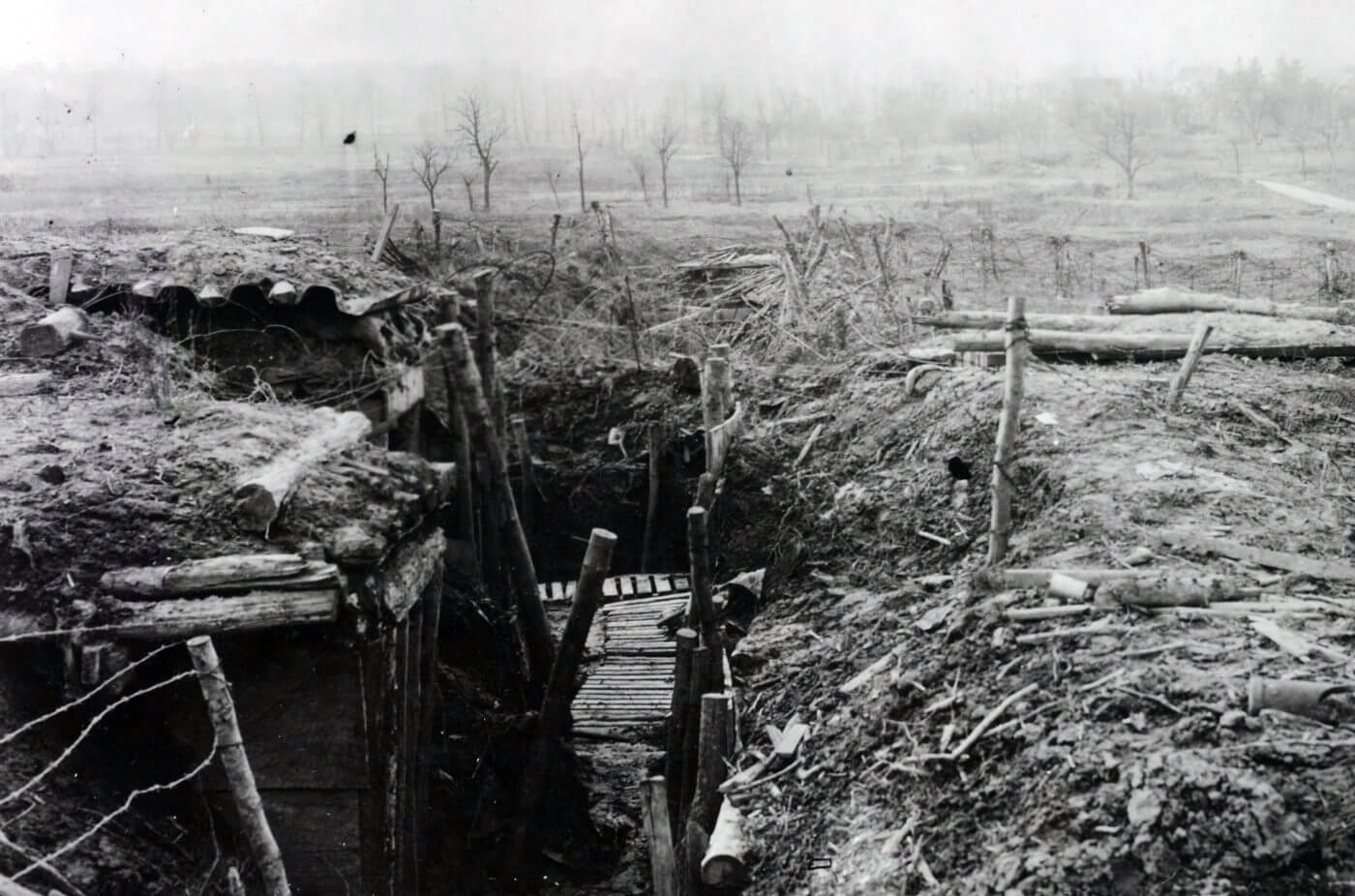
Small teams with blackened faces would stealthily cross through “No-Man’s Land” in the dark, cut through the enemy’s barbed wire entanglements, and creep up slowly upon sentries in the night. A lax sentry might provide an opening for an entire raiding party, and once inside the enemy trench, the mayhem would quickly begin. If prisoners were sought, they were quickly abducted, while grenades were tossed into the dugouts to maximize casualties and spread confusion to cover the raiders’ withdrawal.
Trench raiders of all nations equipped themselves with every manner of specialized tools. Trench knives and daggers were standard, as were “trench clubs”, short, cruel-looking head-smashers that were designed for silent but deadly work. Most of these clubs and bats were made by the raiders themselves from materials available at hand. Another common weapon was the sharpened spade or entrenching tool. Hatchets, bayonets, short-swords, and even brass knuckles were used.
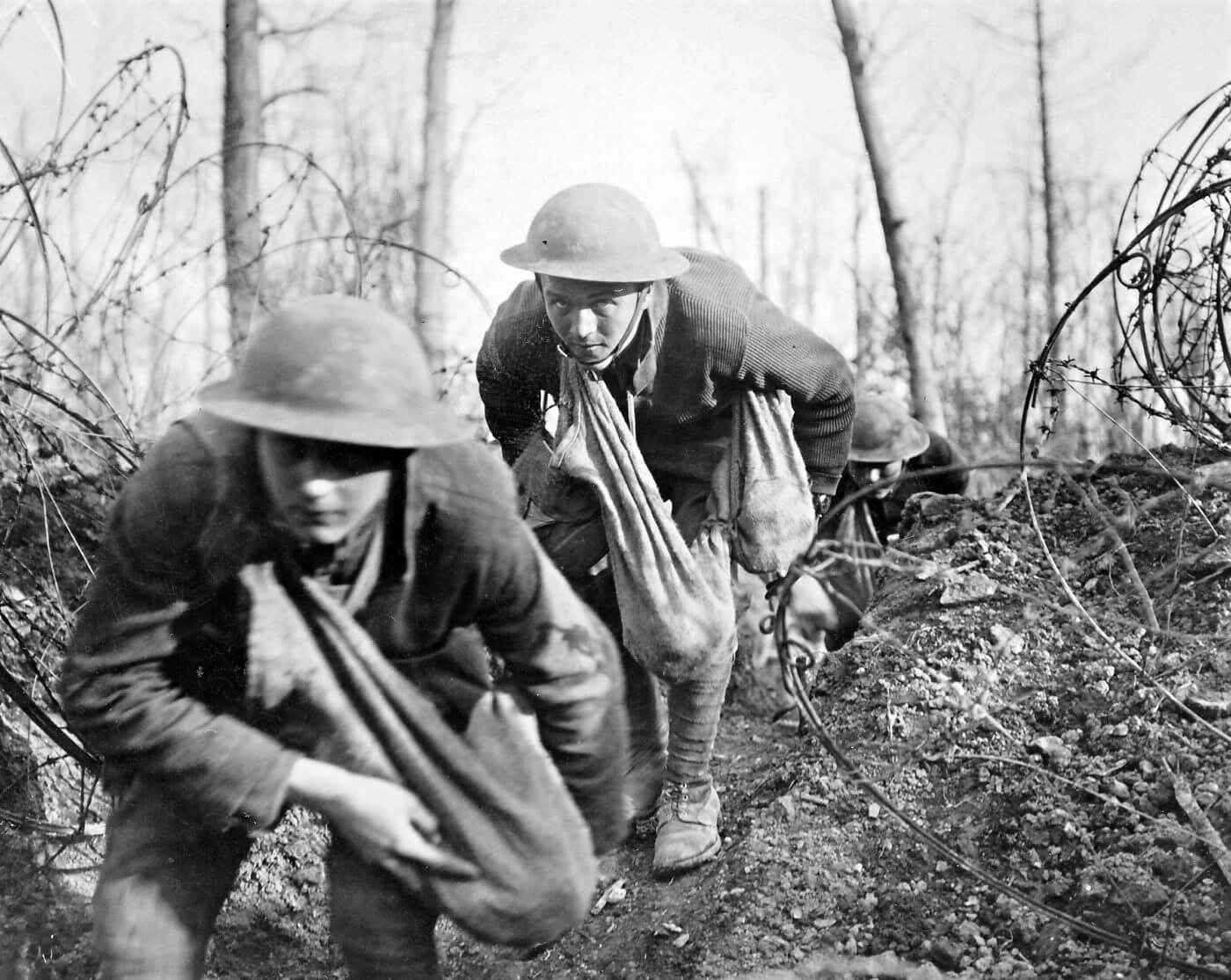
Short range firepower was essential for the trench raiders, and so pistols were highly prized. Handguns of almost every description were carried, and many raiders carried more than one. When U.S. troops began to reach the trenches in France during early 1918, the .45 caliber M1911 pistol quickly became a prime weapon for American trench-raiding parties. Little could match the man-stopping power of the .45 ACP slugs. Another uniquely American weapon that was a favorite of our trench raiders was the 12-gauge M1897 “trench gun” shotgun. The blast from the 00 buckshot rounds was highly effective, but the paper-cased 12-gauge shells were susceptible to the wet and muddy conditions in the trenches, their cases sometimes swelling and becoming unusable. Even so, the U.S. trench guns made their mark in WWI.
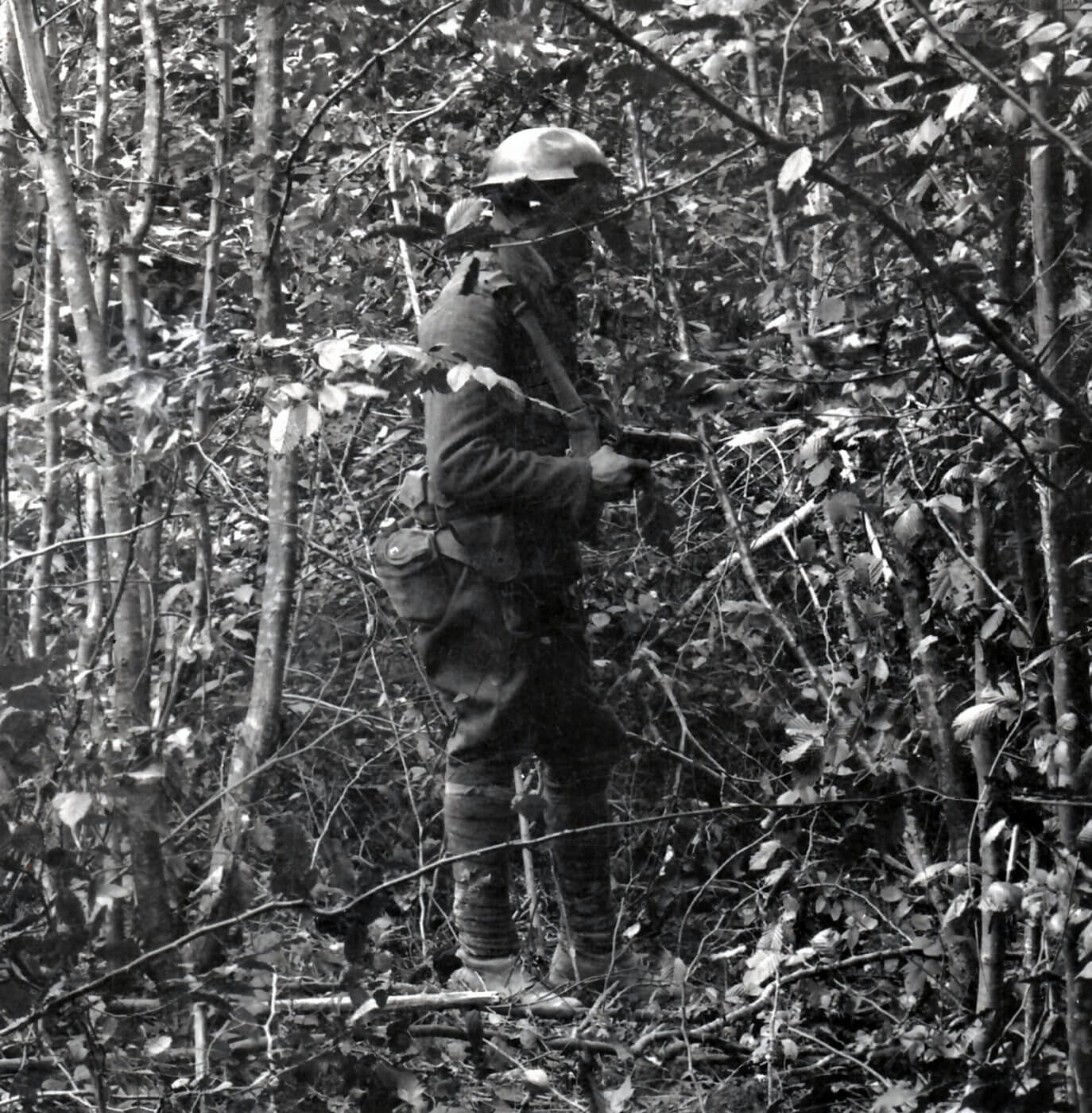
A Hero Among Heroes
Lieutenant William Bradford Turner, of the U.S. 27th Infantry Division, became one of those trench raiders, and in the process proved himself quite handy with an M1911 pistol. Turner was from Garden City, New York, and was a 1914 graduate of Williams College. He had been a tremendous athlete at Williams College, lettering in football, basketball, and baseball.
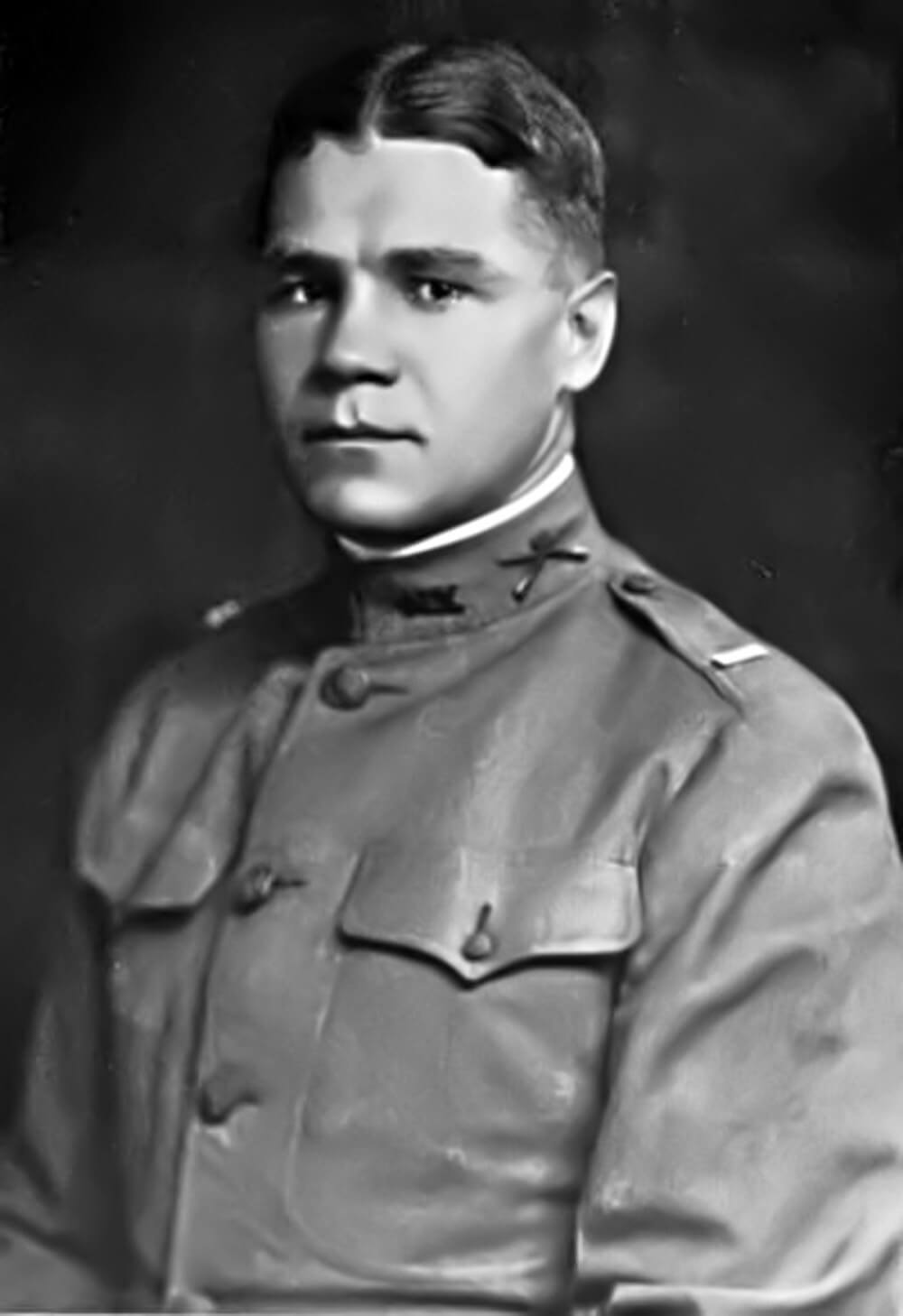
After graduation, Turner joined the New York National Guard in 1915, serving on the Texas-Mexico border during the troubles there in 1916. His unit returned to New York and was decommissioned in December 1916. When America entered World War I in April 1917, Turner was commissioned as a lieutenant in what would become the 105th Infantry Regiment. Turner’s regiment deployed to France as part of the 27th Infantry Division. The 27th was one of the American divisions assigned to the British Army, and they took their advanced combat training from veteran British instructors. In the process, they swapped their U.S. M1903 Springfield .30-06 rifles for British SMLE .303 rifles. However, they kept their M1911 pistols.
In a letter home dated September 21, 1918, William Turner wrote:
“If the Americans do nothing else, their presence has raised the morale of the Allied armies tremendously. Our own division is getting along well and I hope before long we shall get into a real fight. Everyone must kill at least one Hun before he will have paid for his transportation.” — William Bradford Turner by Charles B. Turner (privately published, 1920)
On September 27, 1918, near Ronssoy, France, Turner led a company-sized group forward in what grew from a trench raid into a leap-frogging attack that captured four lines of German trenches. Turner is known to have killed at least 16 Germans by himself during this attack and fought on and ever forward even though he was wounded three times. Turner was eventually killed in the fourth trench line defending against a German counterattack. For his actions, he was awarded the Medal of Honor.
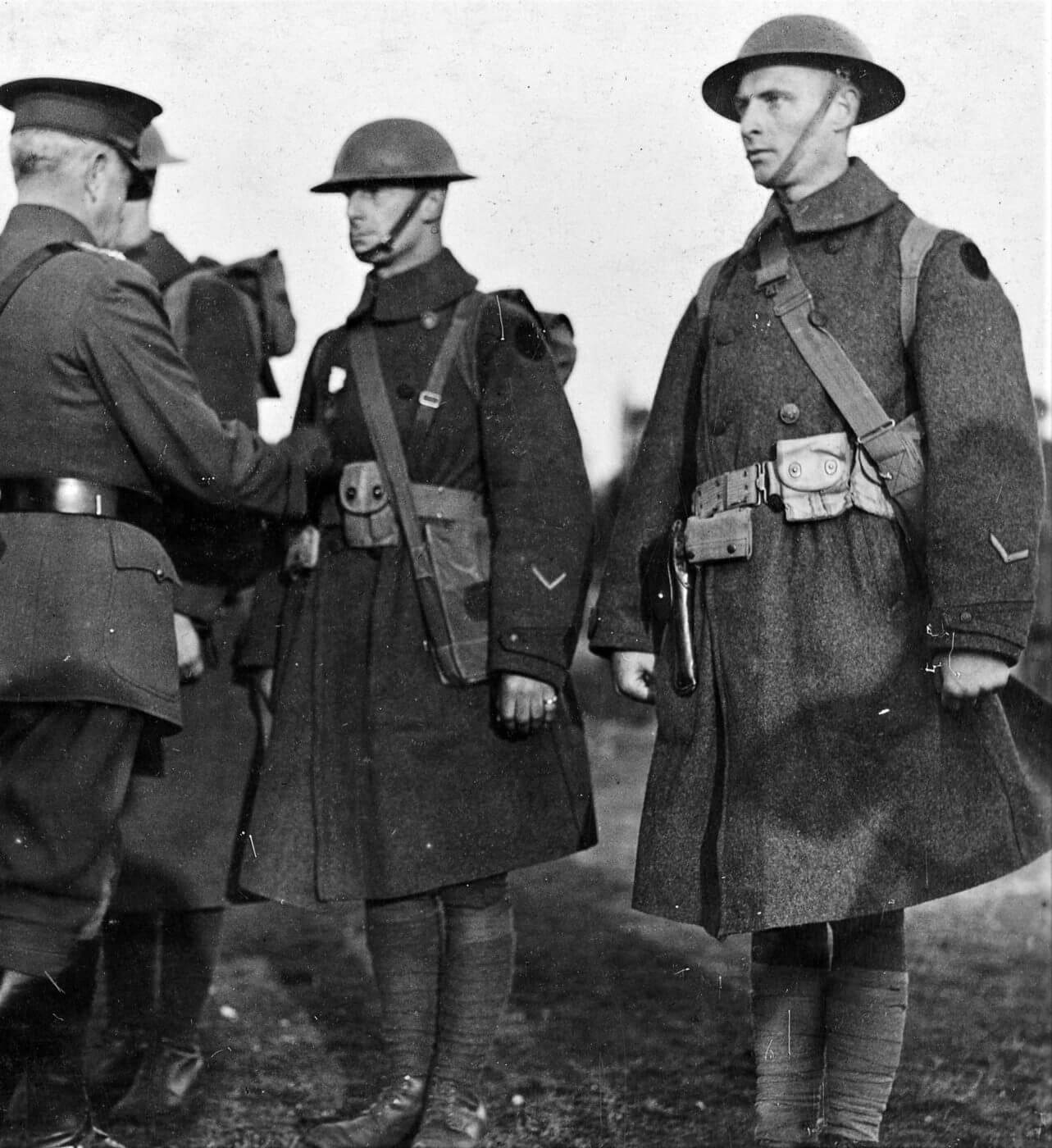
The following is the Medal of Honor Citation for First Lieutenant William Bradford Turner, 105th Infantry Regiment, 27th Infantry Division:
“He led a small group of men to the attack, under terrific artillery and machinegun fire, after they had become separated from the rest of the company in the darkness. Single-handed he rushed an enemy machinegun which had suddenly opened fire on his group and killed the crew with his pistol. He then pressed forward to another machine gun post 25 yards away and had killed one gunner himself by the time the remainder of his detachment arrived and put the gun out of action. With the utmost bravery he continued to lead his men over 3 lines of hostile trenches, cleaning up each one as they advanced, regardless of the fact that he had been wounded 3 times, and killed several of the enemy in hand-to-hand encounters. After his pistol ammunition was exhausted, this gallant officer seized the rifle of a dead soldier, bayoneted several members of a machinegun crew, and shot the other. Upon reaching the fourth-line trench, which was his objective, 1st Lt. Turner captured it with the nine men remaining in his group and resisted a hostile counterattack until he was finally surrounded and killed.”
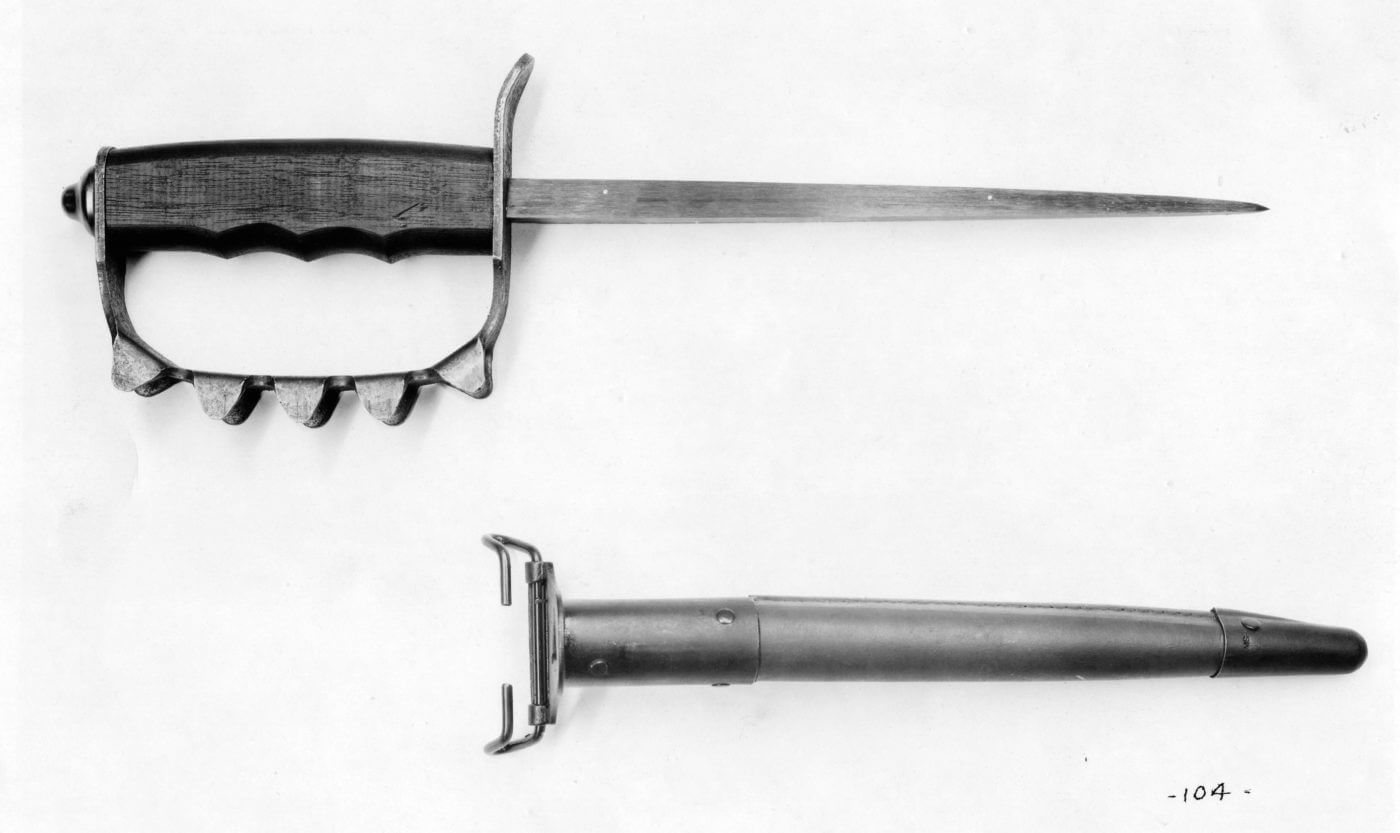
Unrelenting Assault
Little is written about Great War American heroes like Turner, and a century later the tales of their exploits are fading from our collective memory. The following account of Lt. Turner’s Medal of Honor-winning action was provided by the 27th Infantry Division’s Captain Whipple, and published in the Troy Times of New York on April 17, 1919:
“The right half of Company M under Lieutenant Turner never stopped. They advanced under a severe bombing. Lieutenant Turner was wounded but he refused to retire…Lieutenant Turner, with about 30 men, being on the right and the other half, under Sergeant Dahms, with Corporal Flynn as second in command, advanced about 200 yards, driving the Germans out of their trenches in a way that put the fear of the Sammy into the heart of Jerry.
“Now comes the thrilling portion of the whole fight, so far as M Company is concerned, the tale of the lost platoon. This was composed of thirty men and was commanded by Lieutenant Turner. They had advanced and gone about twenty yards and were close to the broad belt of Boche wire entanglements when a machine gun nest opened on them at very close range. If you can discover the flash of a machine gun in the first or second shot, you can locate the gun; otherwise it is impossible to tell where it is. Fortunately, Lieutenant Turner did see the flash. The gun was near him and he leaped at it and singlehanded he killed the outpost and the two gunners before his men arrived. Then a machine gun opened up on the left and Lieutenant Turner got the outpost and the others got the two men who operated the gun. Then they reached the first trench.
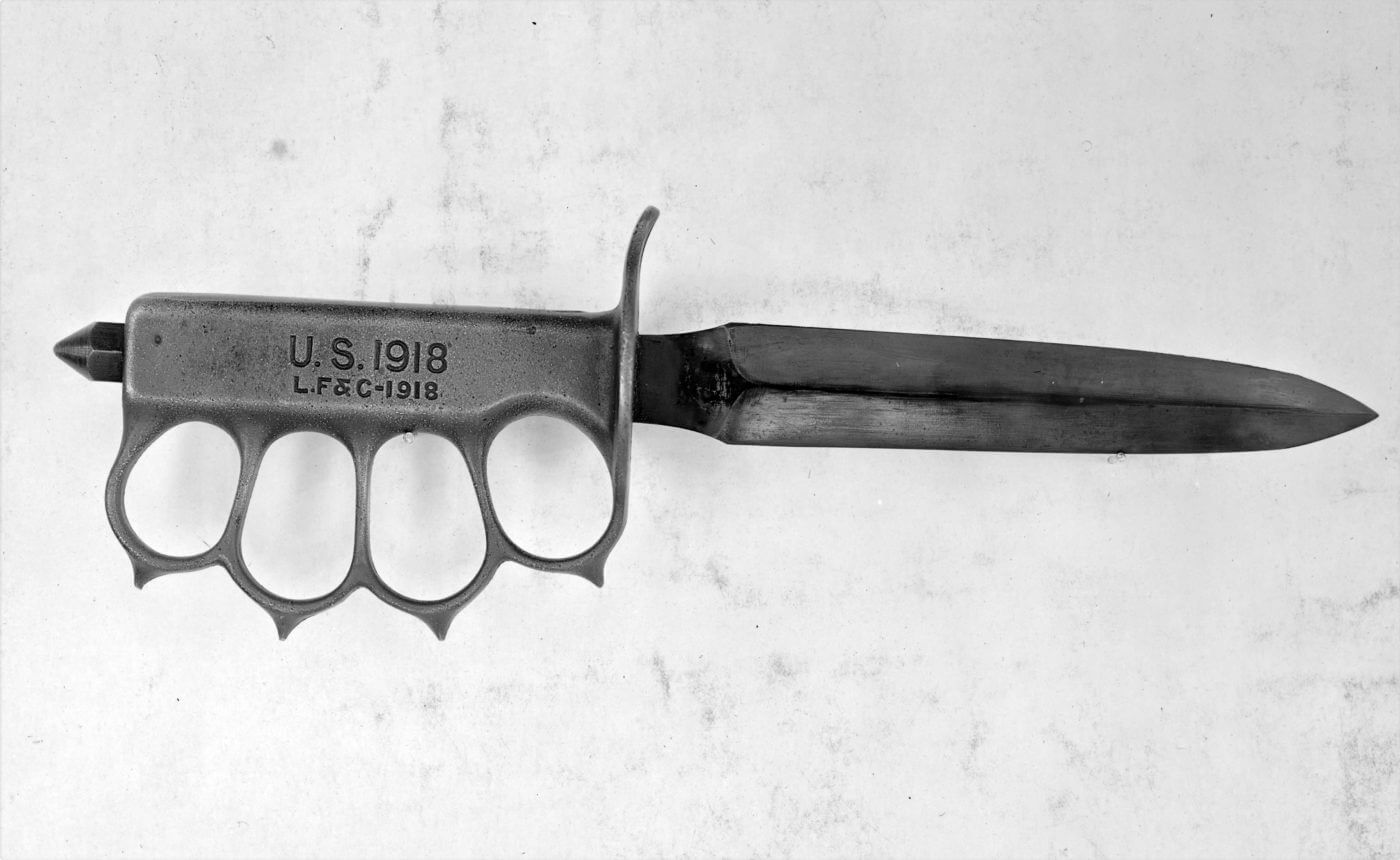
“This was filled with Germans, in fact, so full that when Lieutenant Turner was shooting with his pistol in his left hand, he swung his right at a man who attempted to stab him and landed on his jaw, knocking the German down. Mr. Turner was a very powerful athlete, having been a Williams College football player. In a second he had assistance from Private Zert, who jumped down into the trench and bayoneted the German that Turner had knocked down, and the two men, back to back, cleaned out the trench with bombs (grenades). Then the platoon had a respite.
“But the rest was very short. The men climbed out of the trench and went for the second line, the support trench. The resistance was not nearly so fierce as that which they had encountered, but there was a lot of heavy and serious fighting just the same, and the men became separated into groups. The advance was too fierce for the Boches, who abandoned their guns and retreated. And then the boys gained the third trench.
“Here they were reorganized and took time to ‘get their wind.’ Under Lieutenant Turner’s orders they began ‘rapid fire’ with some of the British Enfield rifles being able to shoot as many as thirty shots per minute.
“Then they started for the fourth trench. That objective was almost on top of a knoll and they actually reached that trench…that is, some of the thirty reached it — nine of them to be exact.
“After organizing again, Turner sought contact on the right, but found nothing but Boche machine gunners, also on the left and in front of him, very near too. Lieutenant Turner saw that there was only one thing to do. ‘We can’t hold this position, we have to go back,’ he told his men.
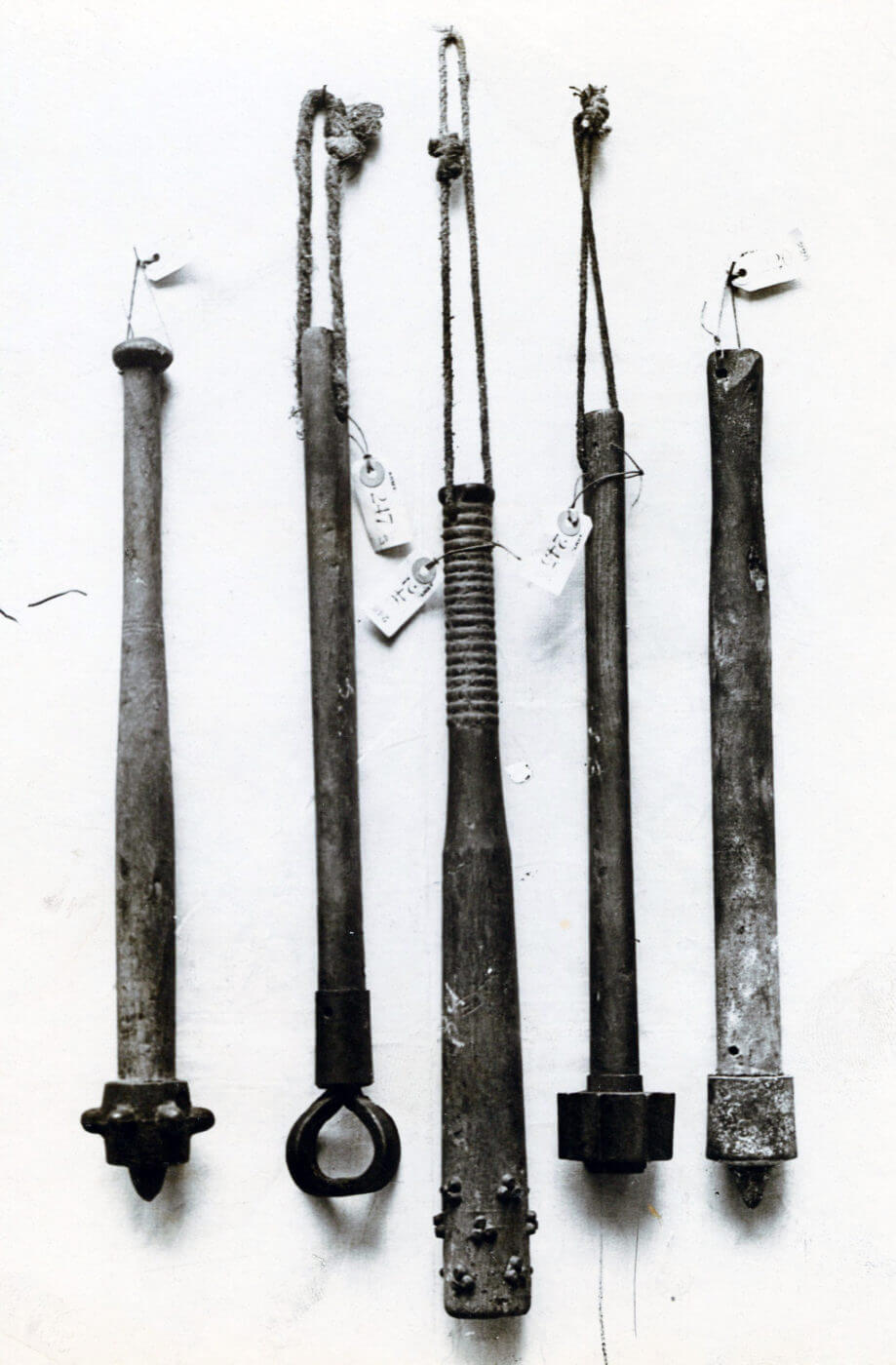
“The plight of the fourth platoon was certainly pitiful and Lieutenant Turner realized the seriousness of the position. At length he located a way by which he could retreat, and the men filed along the trench to reach it. It was necessary to pass by a place where the trench had been bashed in by a shell and it lay exposed to the fire of the enemy. When Corporal Taylor reached the spot he was shot, and this was also the fate of Private Neary, who was just behind. The others profited by this and managed to cross the trench and they finally reached the spot that Turner thought was safe. He looked over the trench to get a view of the situation and then he fell with a bullet through his head. For his wonderful work he was voted a posthumous Congressional Medal.”
Lieutenant Turner became one of the 117,000 Americans who gave their lives during World War I, and he nearly passed into history unnoticed. Until now.
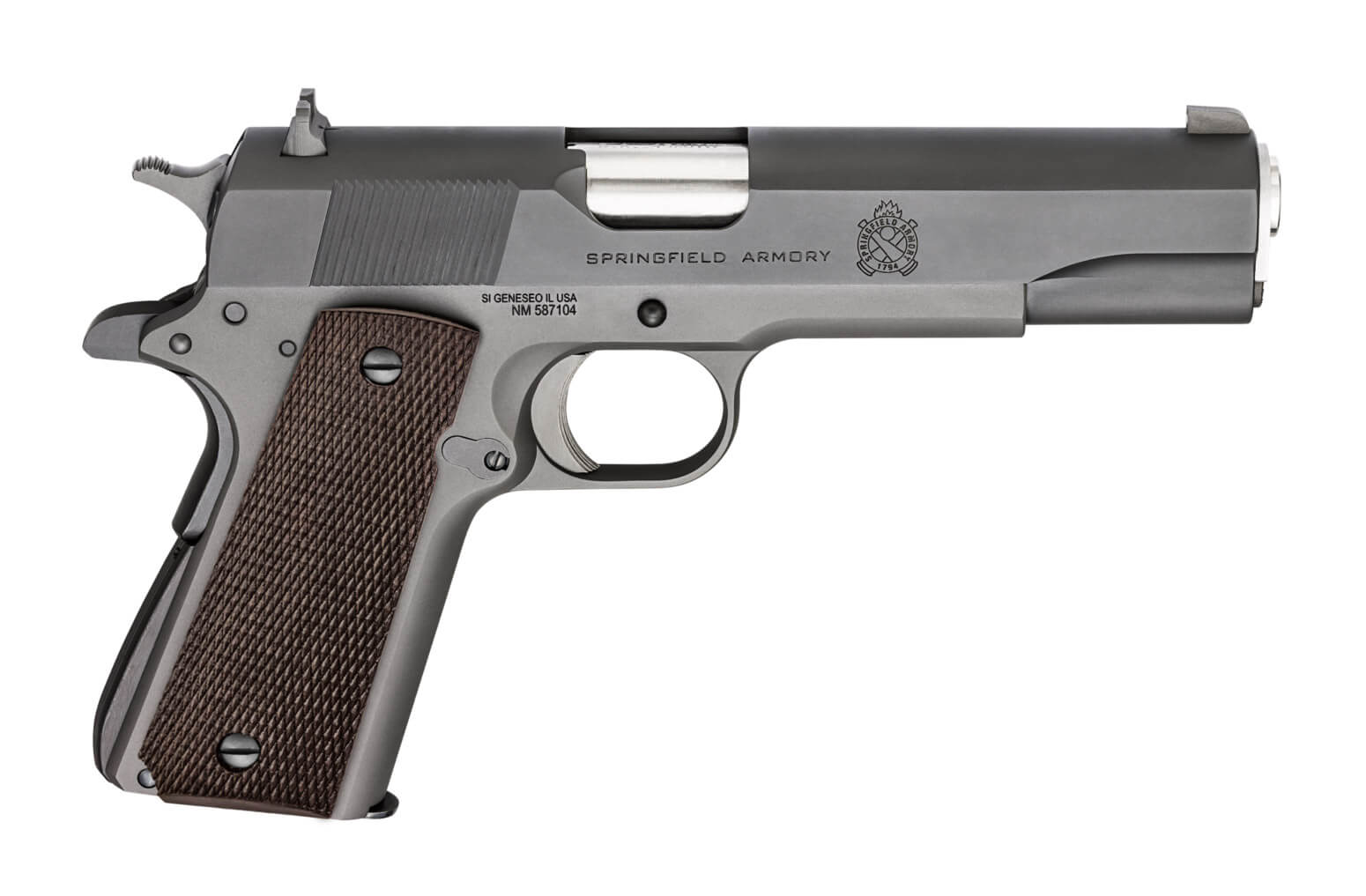
A Hero’s Handgun
If you’d like to own a gun inspired by the one Lt. Turner used in the trenches of France, Springfield Armory’s Mil-Spec 1911 is a great option. It’s inspired by the classic WWI-era M1911, has features of the 1911A1 upgrade, and additional modern touches such as three-dot sights and a stainless steel barrel.
Editor’s Note: Please be sure to check out the new The Armory Life forum, where you can comment about our daily articles, as well as just talk guns and gear. Click the “Go To Forum Thread” link below to jump in!
Join the Discussion
Featured in this article
Continue Reading
Did you enjoy this article?

 432
432




